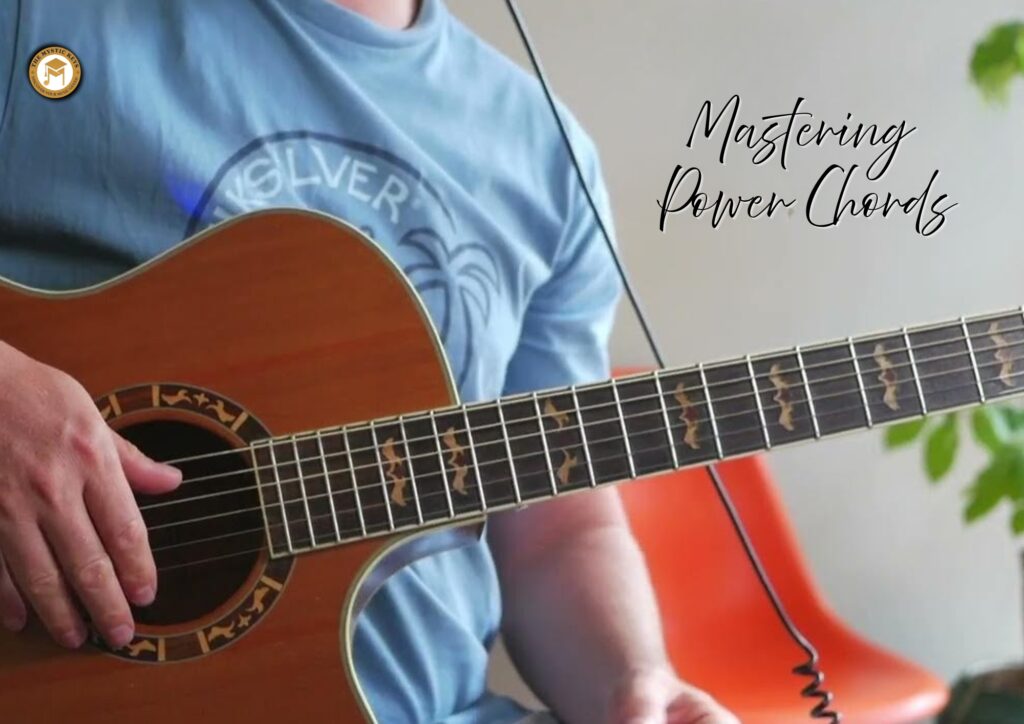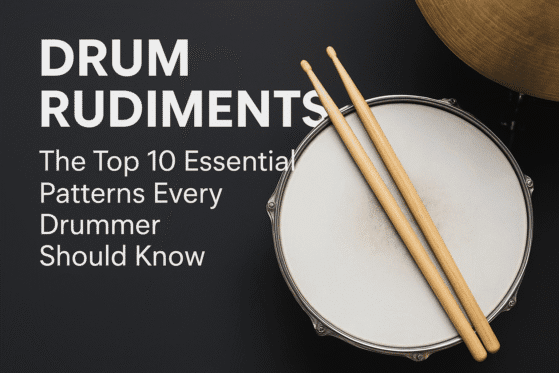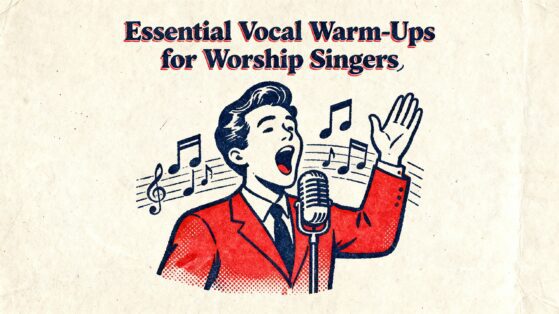Mastering Power Chords | A Must-Know for Every Electric Guitarist
If you’re an aspiring electric guitarist, mastering power chords is one of the most essential skills to develop early on. These simple yet powerful shapes are the building blocks of countless rock, punk, metal, and alternative songs, making them an integral part of the electric guitar language.
But what makes them so special?
Power chords offer clarity, punch, and versatility, especially when paired with distortion — which is why they dominate the sound of so many iconic riffs. Whether you’re a total beginner just picking up the guitar or a developing player aiming to sharpen your rhythm skills, learning how to play power chords cleanly and confidently can transform your sound overnight.
In this blog, we’ll walk you through everything you need to know — starting with the basics of what power chords are, moving on to why they’re so important, and then diving into techniques, shapes, and pro tips to help you fully master this must-know tool for every electric guitarist. Let’s plug in and begin.

What Exactly Are Power Chords?
To start, power chords are simplified chords consisting of just two notes — the root note and the perfect fifth. Unlike major or minor chords, they do not include the third note, which is responsible for defining the chord’s “happy” or “sad” quality. This absence makes power chords neutral, allowing them to sound powerful and clean even with heavy distortion.
For example, an E5 power chord contains the notes E (root) and B (fifth). This minimalist structure is what gives power chords their punchy, raw sound, which fits perfectly with electric guitar tones, especially in rock music.
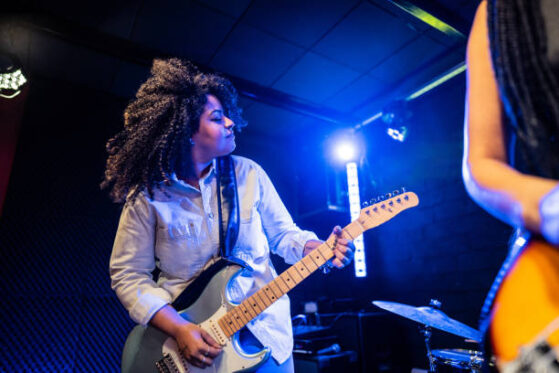
Why Power Chords Are Essential for Every Electric Guitarist
Understanding why power chords are so crucial can motivate you to master them with focus:
Simplicity and Speed: Power chords are easier to learn than full chords, allowing beginners to quickly start playing songs and riffs. Their simple fingerings also enable faster chord changes, which is essential for rhythm playing in energetic genres.
Versatility: Since power chords lack the major or minor third, they can fit in almost any musical context. From heavy metal to punk, blues-rock to pop-rock, power chords adapt seamlessly.
Foundation of Iconic Riffs: Many legendary guitar riffs rely heavily on power chords — “Smells Like Teen Spirit” by Nirvana, “Iron Man” by Black Sabbath, or “Smoke on the Water” by Deep Purple are just a few examples.
Perfect for Distortion: Power chords maintain clarity and punch when played with distortion or overdrive, cutting through the mix without sounding muddy.

How to Play Power Chords | Step-by-Step
Let’s break down the process of playing power chords clearly:
Step 1: Identify the Root Note
Typically, power chords use the 6th (E) or 5th (A) string as the root. For example, an F5 power chord uses the note F on the 6th string as the root.
Step 2: Finger Placement
Place your index finger on the root note. Your ring finger (or pinky) goes two frets higher on the next string down. For example, if your index finger is on the 3rd fret of the 6th string, your ring finger will be on the 5th fret of the 5th string.
Step 3: Optional Octave Note
You can add the octave by placing your pinky on the same fret as your ring finger, but on the 4th string. This thickens the sound.
Step 4: Muting Unwanted Strings
Use the edge of your index finger or the palm of your picking hand to mute strings you don’t want ringing. This keeps the sound clean and focused.
Step 5: Strum or Pick
Power chords are often played with strong downstrokes for a rhythmic, driving feel. Use a pick for precision and attack.

Essential Power Chord Shapes to Memorize
Once you’re comfortable with the basics, it’s time to get familiar with the two most commonly used power chord shapes. These shapes will form the foundation of your rhythm playing and allow you to navigate the fretboard with confidence.
6th String Root Power Chord
This shape starts with the root note on the 6th string, the fifth on the 5th string, and optionally includes the octave on the 4th string. It’s widely used in rock and metal due to its deep, full-bodied tone.
5th String Root Power Chord
Here, the root note sits on the 5th string, the fifth on the 4th string, and you can add the octave on the 3rd string for a richer sound. This shape comes in handy when you need to move higher up the neck without the sound becoming too muddy.
These two shapes are completely moveable. Once you learn the finger positioning, you can shift them up and down the fretboard to form any power chord. Practice switching between them smoothly and explore different fret positions to build muscle memory and develop fretboard awareness.

Advanced Tips to Master Power Chords Faster
Once you have the basics, these tips will accelerate your progress:
Smooth Chord Changes
Practice switching between common power chords like E5, A5, and D5 slowly at first. Use a metronome to build timing and gradually speed up.
Palm Muting
Add dynamics by lightly resting your picking hand’s palm on the strings near the bridge. This creates a muted, percussive “chug” sound popular in metal and punk.
Moveable Shapes for Fretboard Freedom
Power chords are moveable shapes. Shift the same shape up and down the neck to play any power chord. This unlocks the entire fretboard for creative riffing.
Experiment with Picking Techniques
Try strict downstrokes for aggressive rhythm, and incorporate alternate picking for speed and fluidity.
Use Drop Tunings
In drop tunings like Drop D, you can play power chords by barring one finger across multiple strings. This technique allows for fast, chunky riffs and is widely used in heavy music.

Common Pitfalls to Avoid
Common Mistakes to Watch Out For
As you work on mastering power chords, it’s important to be mindful of a few common pitfalls that can hinder your progress. Paying attention to these details will ensure your playing remains clean and confident.
Unwanted string noise: Stray strings ringing out can muddy your sound. Practice proper muting techniques with both hands to keep your chords tight and focused.
Poor finger positioning: If your fingers are too flat or angled incorrectly, they may accidentally touch adjacent strings, causing buzz or muted notes. Keep your fretting hand relaxed but precise.
Inconsistent strumming: Rhythm is everything in power chord playing. Use a metronome and start slowly to lock in consistent downstrokes and timing before increasing speed.
By correcting these issues early, you’ll build solid habits that will support more advanced techniques down the road.

Going Beyond | Creativity with Power Chords
Once confident, explore these ideas:
After getting comfortable with basic shapes and movements, it’s time to go beyond and explore the creative potential of power chords.
Start by adding slides between chords — this not only enhances fluidity but also adds expression and character to your playing.
Next, experiment with rhythmic variations such as syncopation or staccato strumming. These techniques bring life and dynamics to otherwise static progressions.
As you gain control, try layering power chords with single-note riffs or harmonics. This combination can create richer textures and more engaging musical arrangements.
Finally, use power chords as the foundation for songwriting and improvisation. Whether you’re jamming with friends or composing your first song, power chords provide a strong and flexible framework to build from.
Let your creativity take over — the possibilities are endless.
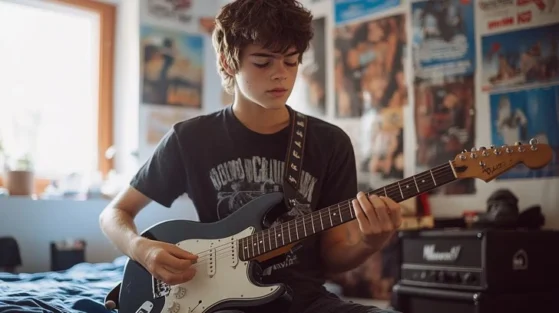
Understanding the Theory Behind Power Chords
Mastering power chords isn’t just about technique—it’s also about understanding why they work musically. At the heart of these chords lies the relationship between the root and the fifth, which forms a perfect fifth interval—one of the most stable and consonant sounds in music theory. This stability gives power chords their signature boldness and clarity, especially when played with distortion. It also explains their incredible versatility across genres, from rock and punk to metal and beyond. When you grasp the theory behind them, mastering power chords becomes more than muscle memory—it becomes a doorway to smarter, more expressive playing.
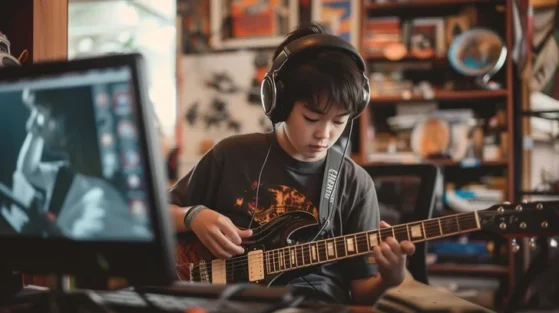
Conclusion | Start Your Power Chord Journey Today
Mastering power chords isn’t just a beginner’s milestone — it’s a gateway to musical expression. These seemingly simple shapes carry immense power, forming the foundation of countless riffs, iconic songs, and explosive genres. As you grow more comfortable with them, you’ll notice a shift — your rhythm becomes tighter, your riffs more compelling, and your confidence on the fretboard noticeably stronger. With regular practice, mindful technique, and a dash of creativity, power chords can transform your playing from basic to bold, setting the stage for everything that follows in your electric guitar journey.
Ready to take your electric guitar skills even further?
Whether you’re just getting started or looking to refine your skills, power chords are only the beginning. Take your playing to the next level with structured guidance and hands-on support. Join The Mystic Keys Electric Guitar Lessons Online, where expert instructors walk you through every step — from mastering power chords to exploring advanced techniques. Your musical journey starts here. Let’s plug in and play!
For more information and exciting resources about learning music, visit our website at The Mystic Keys. For more music content and exciting offers follow us on
Facebook, Instagram, YouTube, LinkedIn, Twitter, Pinterest, and Threads,


